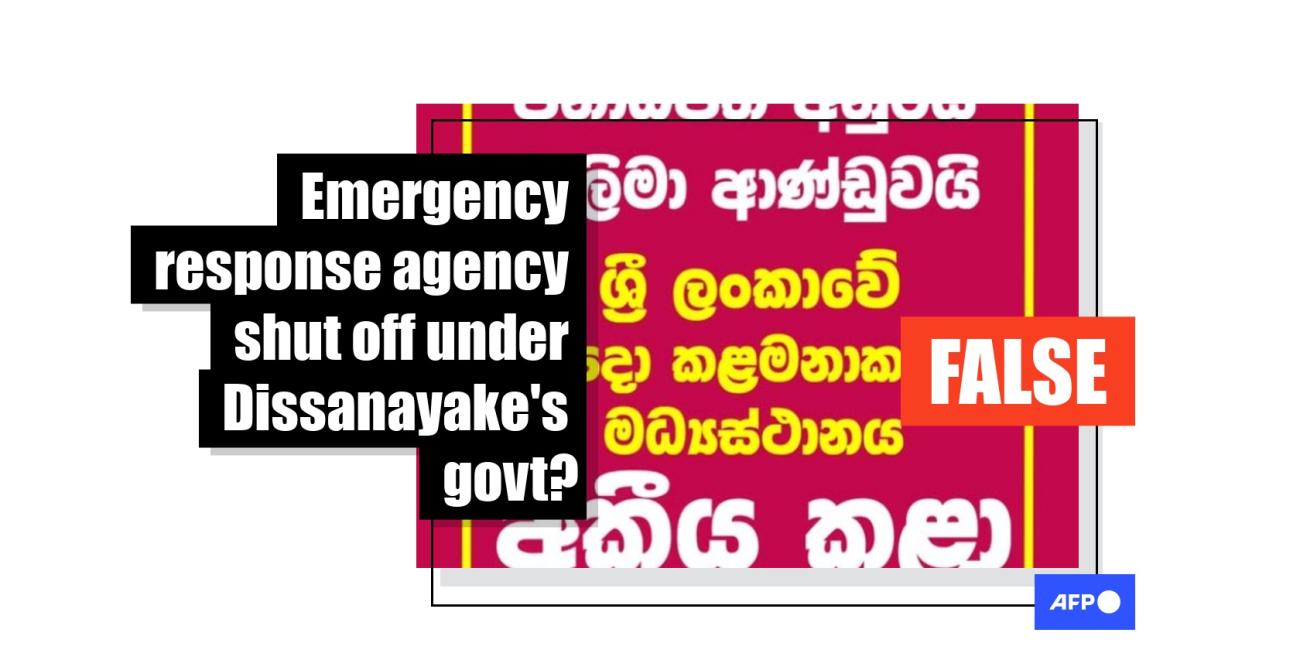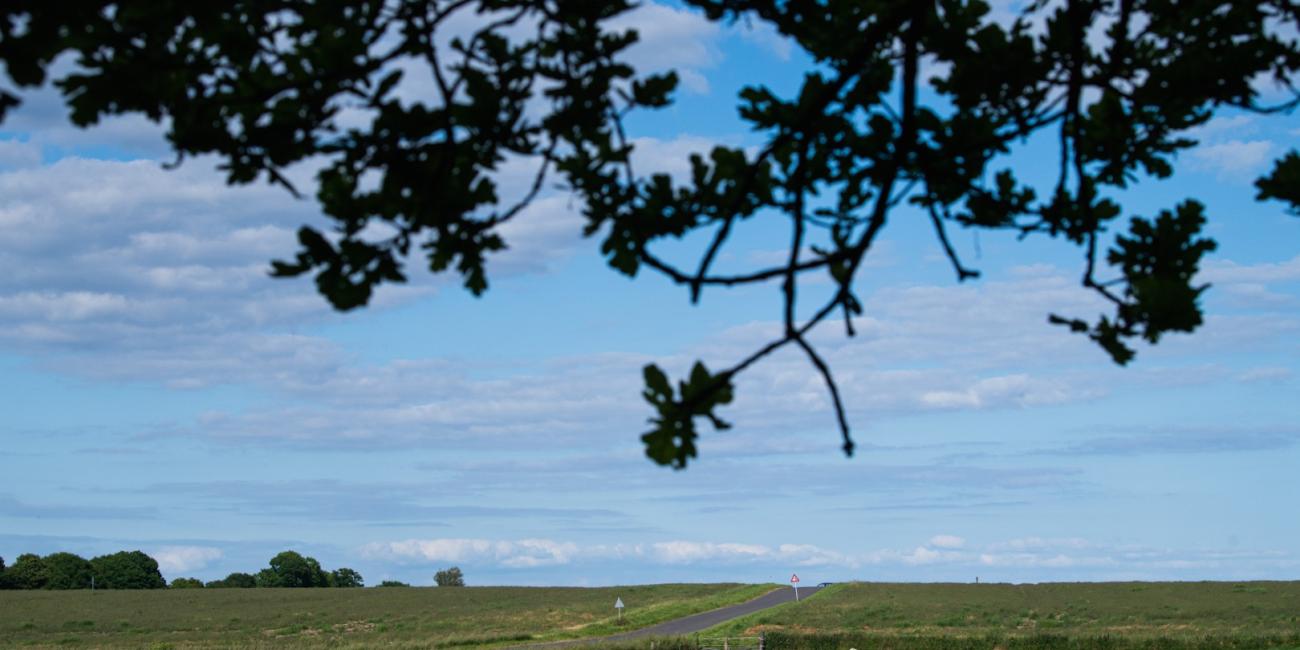
Brazil forest data misleadingly questioned amid COP30
- Published on November 21, 2025 at 16:43
- 4 min read
- By AFP Brazil
- Translation and adaptation Manon JACOB , AFP USA
Social media users concerned about climate change are claiming that amid COP30 in Belém, Brazil's Ministry of the Environment and Climate Change (MMA) manipulated data about deforestation in the Amazon by classifying it under a new term: "degradation." But Brazil's official documents cite both deforestation and degradation, two separate but related disturbances that have been studied for years to better understand tropical ecosystems and challenges arising with human-induced climate change.
The posts, circulated in Portuguese on X, Instagram and Facebook in November 2025, singled out the plaudits awarded to Brazil's MMA for the country's drop in deforestation.
"Looks great, doesn't it?" one Facebook post said. "The problem is, this is a gross manipulation. To make that number drop, they simply threw real destruction into another category: 'DEGRADATION'. And this category exploded 482%, reaching the historic record."
Deforestation is the complete and swift removal of vegetation for purposes such as agriculture or infrastructure development, while degradation refers to the more gradual and partial weakening of ecosystems.
Scientists have defined, documented and researched the nuances between deforestation and degradation for years (archived here, here and here).
Global rates of deforestation remain stubbornly high despite international accords to curb them, with fires driving tropical primary forest loss to a record high in 2024, according to Global Forest Watch, a monitoring group (archived here).
But in Brazil president Luiz Inacio Lula da Silva's administration has slashed deforestation in the Amazon since he returned to power in 2023 for a third term, in a break from the climate-skeptic policies of former far-right president Jair Bolsonaro, who weakened environmental protections and encouraged land clearing for economic growth.
Ahead of the global climate talks in Belém, Brazil's MMA released data from the National Institute for Space Research (INPE) reporting an 11 percent dip in deforestation in the Amazon in 2025 -- the lowest figures since 2014 (archived here).
Claudio Almeida, a coordinator at INPE, said the loss of native vegetation represented "the fourth consecutive year of a reduction" in deforestation.

Brazil's Amazon Institute of People and the Environment simultaneously reported a 482 percent change in degraded areas of the forests. According to an analysis released in April, degradation touched an area slightly bigger than the US state of Maryland in the 2025 calendar cycle -- and six times greater than the zone affected in the previous period (archived here).
While these statistics are moving in opposite directions, they are not proof of manipulation -- and there is no evidence that Brazil disguised deforestation as degradation to improve the deforestation number it reported.
A focus on degradation also does not undervalue the importance of forest preservation and modern challenges tied to human-induced warming. Instead, research shows, it complements deforestation by offering a nuanced picture on the health of rainforests and how they evolve when subjected to a warmer atmosphere.
Rising degradation
The nature of forest losses and disturbances has changed over the course of recent decades due to human activity and climate change.
Conservation policies in Brazil have scaled back the razing of the Amazon, but research has shown that rainforests -- historically characterized by their humidity -- are now subjected to repeated droughts, catching fire at an alarming rate (archived here).
Degradation processes caused by climate patterns, such as droughts and wildfires, affect certain types of vegetation more than others, and make forests overall weaker and less likely to recover, Gabriel de Oliveira, professor of Environmental Sciences at the University of South Alabama, told AFP November 4, 2025 (archived here).
The Coalition for Rainforest Nations further explains: "When a forest is degraded it still exists, but it can no longer function well. It becomes a shell of its former self" (archived here).
Some degradation is directly caused by human activity, such as with forest thinning and selective logging, which occurs when only certain, commercially useful trees are harvested, altering the long-term canopy (archived here).
In those cases, forests remain but are weakened.

The shift to degradation from deforestation trends in the Amazon result "both from human actions, such as the use of fire and logging, and from natural causes intensified by climate change, such as prolonged droughts and heat waves, which increase environmental stress and delay the recovery of forests," Oliveira said.
The professor added that degradation could compromise efforts against deforestation in the future if not mitigated.
Brazil's INPE has monitored these mechanisms for years, studying both when the forest is removed by "corte raso," or clear cutting, and when degradation happens, which is slower and more complex to identify.
The two categories used to appear under a single label in the institute's reports, but since 2022 have been tracked separately, according to updated methodology (archived here).
INPE estimated that by the end of 2025, 38 percent of total deforestation will have occurred through degradation processes -- instead of plain deforestation (archived here).
AFP has investigated other claims about deforestation here.
Copyright © AFP 2017-2025. Any commercial use of this content requires a subscription. Click here to find out more.
Is there content that you would like AFP to fact-check? Get in touch.
Contact us




